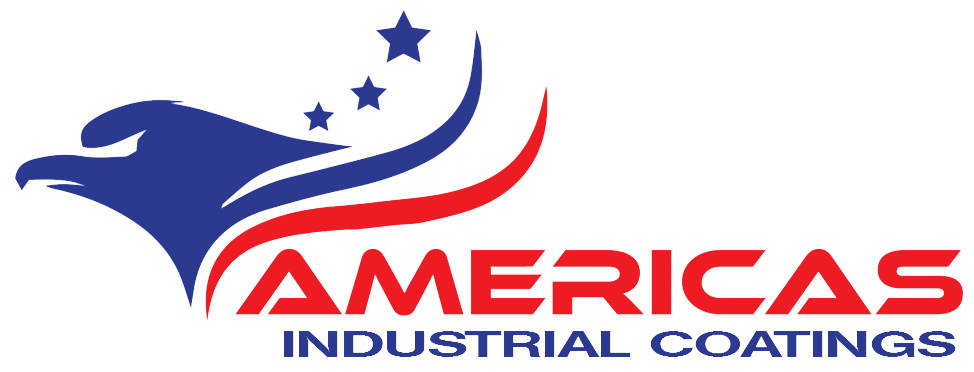Epoxy Floor Prep
Preparation of your floor is the primary step prior to applying epoxy. Floors need to be cleaned thoroughly.
It is crucial to repair the concrete before starting the installation process, which means that the surface must be meticulously prepared.
The integrity of your new epoxy flooring may be compromised by defects, dust or other foreign particles. Therefore, every effort is made to repair these defects and to remove dust and other particles following installation.
With the aid of modern diamond grinding equipment combined with diligent efforts from our highly experienced installation team, we are able to maintain a minimum level of dust and fly ash during the installation process.
With the help of a stiff brush, remove any grease stains. Discoloration doesn’t need to be entirely removed, just greasy residue.
Floors need to be cleaned thoroughly. Fill in cracked or damaged areas, like those on a concrete base, before you start to clean. Then, if necessary, repair the damages and clean the area.
The epoxy glues for concrete are commonly two-part systems in which an epoxy resin and a hardener are combined. In the presence of equal parts resin and hardener, the resin and hardener react to produce a tough, rigid bond that is high in strength. Concrete surfaces can be repaired, filled, bonded, and rebuilt with epoxy resin.
If you’re cleaning an area that has a concrete base, patch any cracks or corroded sections before you start cleaning. Cleaning follows the repair of any damages, if any.
When preparing your epoxy coat, don’t overlook any areas that might be overlooked. It will be necessary to remove oil spots and to degrease the floor. Make sure you thoroughly vacuum your floor once you’ve cleaned it so that any dust and debris is removed.
There are several ways to prepare a floor for cleaning.
Acid etching is the first method. Since other methods require machinery or skill, this is the easiest method to use. A concrete base is the best choice. Your floor must be first treated with an acidic solution.
Spread the acid solution evenly and then work it with a scrubber, a stiff bristle broom, or a similar tool. After the acid has been applied, allow it to sit for up 10 minutes in order to allow the reaction to take place. Once the acid is spent, you must remove it.
Power washing the floor and then vacuuming it after it has dried can accomplish this task. Before the acid dries, make sure you remove all residue. Last but not least, neutralize any acid residue left behind. Simple green can be applied to floors effectively when diluted in water (approximately 4oz per gallon of water).
Secondly, diamond grinding can be used to prepare your floor. Your floor will be smoothed out during this process, which is necessary before applying an epoxy coat. It is not difficult to grind diamonds with the diamond grinding method. However, it does require the use of a machine. Your floor grinder must have attachments appropriate for it.
As a final option, you can choose to shot blast the floor to prepare it. The flattening of a surface using this method involves machinery in various ways.
Diamond grinding is preferred by some people, but both methods will work. The machine gets rid of stains and damages to the floor by blasting tiny metallic beads into it.
When compared to diamond grinding or acid etching, this has the advantage of leaving no residue behind, since the machine captures everything.

